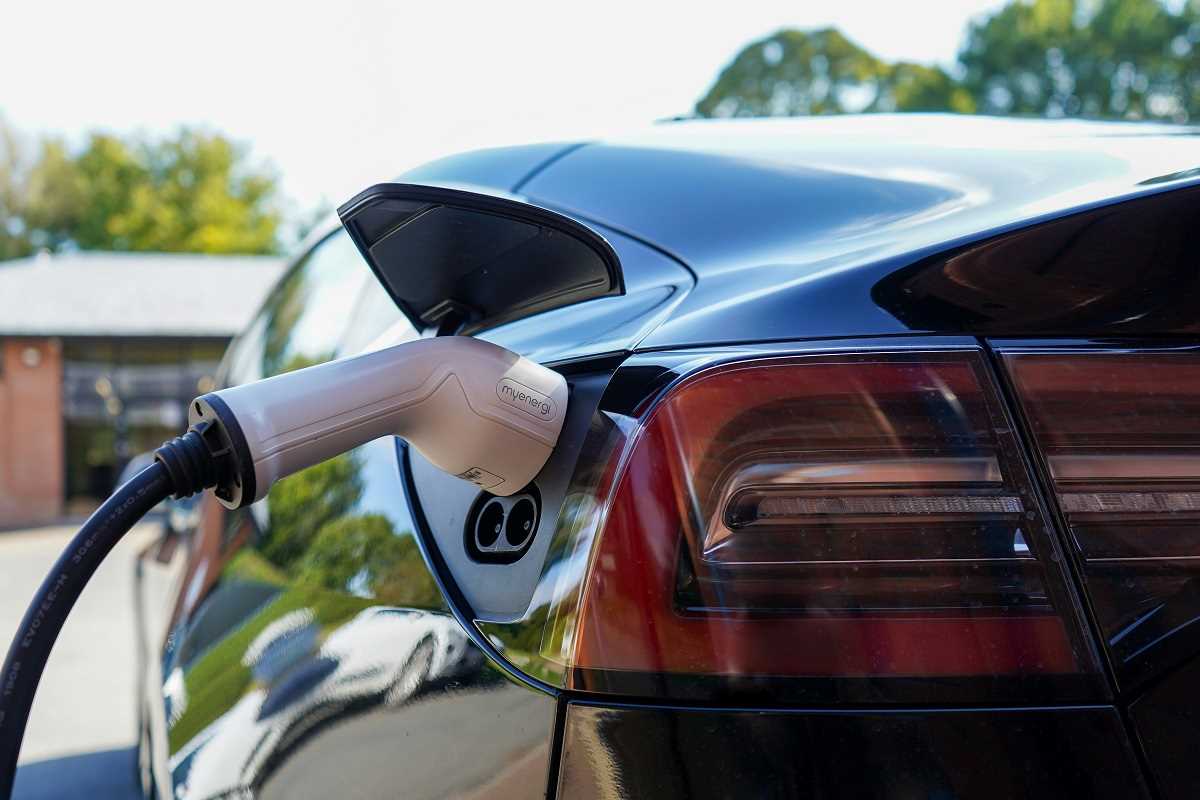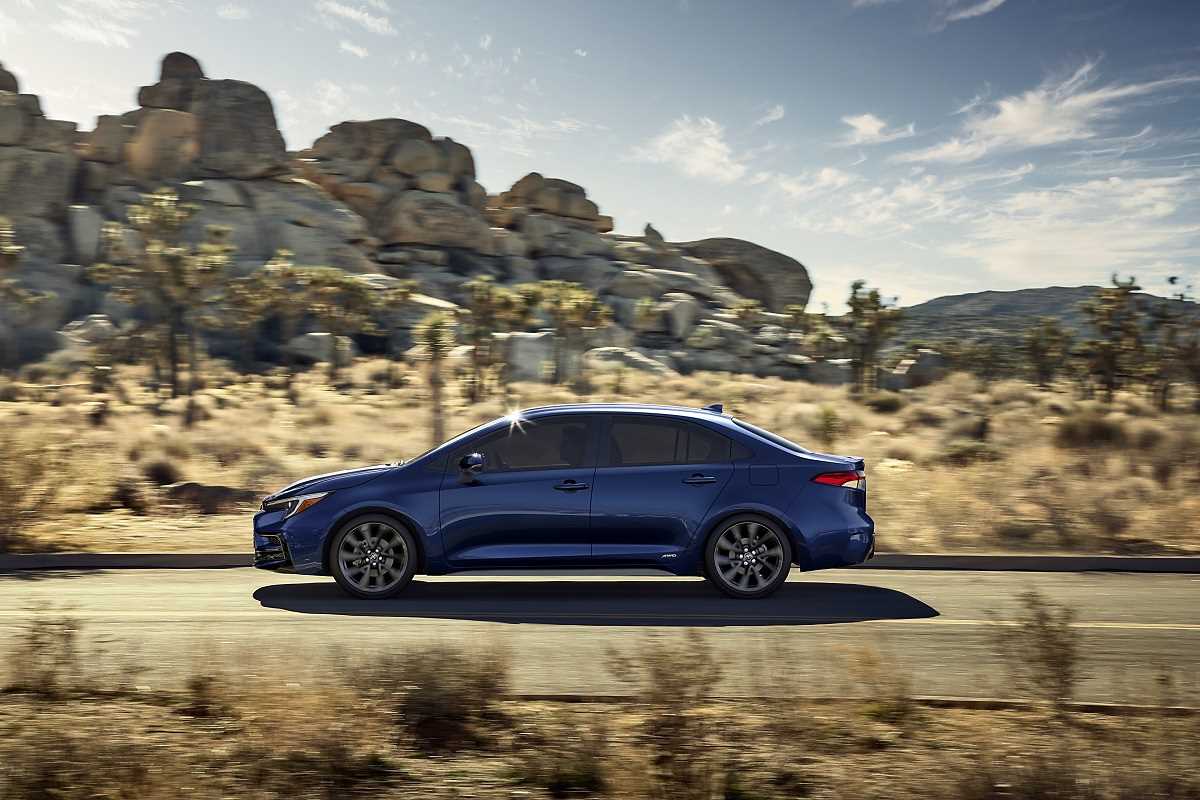Electric vehicles (EVs) are becoming an increasingly familiar sight on the road, and for good reason. They offer plenty of benefits, from reduced fuel costs to lower emissions. Yet, despite their growing popularity, many people still have reservations about them. Misconceptions and outdated information often fuel skepticism, leading to hesitation around exploring the option of going electric.
It’s time to clear the air. Below, we’ll break down five of the most common myths about EVs, relying on recent data and real-world insights to help separate fact from fiction.
Myth 1: EVs Don’t Offer Enough Range for Practical Use
Many skeptics worry that EVs can’t go far enough on a single charge. This fear of running out of power mid-journey, often called "range anxiety," has long been a sticking point for potential buyers. But is this really an issue anymore?
The Facts
Modern EVs have made great strides in addressing range concerns. Many models on the market today can travel between 250 and 400 miles on a single charge. Luxury options such as the Lucid Air boast ranges exceeding 500 miles, rivaling or surpassing the range of many gas-powered vehicles.
For context, consider that the average American’s daily commute is roughly 39 miles round-trip. Even accounting for occasional road trips or errands, most drivers would be well within the capabilities of these newer EVs.
What about charging on long trips? High-speed DC fast chargers, which are increasingly available along major highways, can add up to 300 miles of range in under 30 minutes, making long-distance travel more convenient than many assume.
Bottom Line
Unless you frequently drive extraordinary distances without stopping, today’s EVs offer plenty of range. And with an expanding charging infrastructure, range anxiety is becoming a thing of the past.
Myth 2: Electric Vehicles Are Too Expensive
It’s true that EVs once came with a hefty price tag, largely due to the high cost of their batteries. This has led to the perception that going electric is only an option for the wealthy. But recent developments are driving affordability in ways that make EVs comparable to (or even cheaper than) traditional gas vehicles.
The Facts
Entry-level EVs are now much more budget-friendly. Models like the Nissan Leaf and Chevrolet Bolt EV start at around $30,000, and that’s before federal and state incentives. Many EV buyers in the United States can qualify for up to $7,500 in federal tax credits, with additional rebates available in states such as California and New York.
Beyond the upfront purchase price, EVs also shine when it comes to long-term savings. Charging an EV costs significantly less than filling up a gas tank. On average, charging equates to spending about $0.04 per mile, compared to $0.13 per mile for fueling a gas car. Maintenance is another area where EVs save money. With fewer moving parts and no need for oil changes, EV owners spend less on upkeep over the lifetime of their vehicle.
Bottom Line
While luxury EVs like Teslas may still come with steep price tags, there are numerous affordable options that can save drivers money over the long run. Incentives and lower operating costs make EVs a financially smart choice for many consumers.
Myth 3: EVs Aren’t Really Better for the Environment
Some argue that EVs aren’t as eco-friendly as they seem, citing the environmental impact of mining for battery materials and emissions from electricity generation. It’s a reasonable concern, but what does the data say?
The Facts
Studies show that EVs are significantly better for the environment over their lifespan compared to gas-powered cars. The initial production of EVs, including their batteries, does indeed generate more emissions than the manufacturing of traditional vehicles. However, this is offset quickly once the car is on the road.
According to the Union of Concerned Scientists, EVs produce half the emissions of gas-powered cars over their lifetime, even when factoring in electricity from fossil fuels. And as electrical grids transition to renewable energy sources, emissions from EV use will continue to decline.
Battery recycling is also advancing. Companies like Tesla and Redwood Materials are developing robust systems for recycling EV batteries, reducing the need for new raw materials while limiting waste.
Bottom Line
When it comes to reducing your carbon footprint, switching to an EV is one of the most impactful choices you can make. Their environmental benefits will only grow as renewable energy adoption increases.
Myth 4: The Charging Infrastructure Isn’t Reliable or Widespread
Another common perception is that charging an EV is inconvenient because stations are too few and far between. While this might have been true a decade ago, the landscape of EV charging has since changed dramatically.
The Facts
Charging stations have become widespread in both urban and rural areas. By 2025, the U.S. boasts over 55,000 public charging locations with 120,000 charging ports, according to the Department of Energy. Many highways now have charging stations spaced every 50 miles, making road trips in an EV entirely feasible.
Home charging is another benefit most EV owners enjoy. Over 80% of EV drivers charge their cars overnight at home, waking up to a full battery each morning. For the average commuter, this eliminates the need to visit public stations on a daily basis.
Advanced charging technology also means less time spent waiting for your car to recharge. Fast-charging options can deliver substantial range in the same amount of time it takes to grab a coffee and stretch your legs.
Bottom Line
The charging network in the U.S. has grown significantly and continues to expand. Combined with the convenience of at-home charging, modern EVs are as practical as gas-powered cars for most driving needs.
Myth 5: Electric Vehicles Don’t Perform as Well as Gas Cars
Some still picture EVs as slow, boring, or underpowered. But if you’ve driven or even seen the specs of a modern EV, you know this couldn’t be further from the truth.
The Facts
EVs are known for their instant torque, delivering quick and seamless acceleration. High-performance models like the Tesla Model S Plaid can go from 0 to 60 mph in under two seconds, making it one of the fastest production cars in history. Even non-luxury models like the Ford Mustang Mach-E offer an impressive blend of power and sporty handling.
Electric motors also improve handling thanks to their lower center of gravity, resulting from heavy batteries positioned beneath the car’s floor. This gives EVs excellent stability and cornering compared to many traditional vehicles.
EVs aren’t just about straight-line speed, either. They’re smooth, quiet, and efficient, making everyday driving a more enjoyable experience.
Bottom Line
When it comes to performance, modern EVs hold their own and often outperform their gas-powered counterparts. From quick acceleration to top-notch handling, EVs deliver on all fronts.
Misconceptions about electric vehicles have created barriers for many consumers, but as data and technology advance, it’s clear that many of these fears are unfounded. Today’s EVs offer practical range, affordability, environmental benefits, widespread charging access, and thrilling performance.
 (Image via
(Image via.jpg)


.jpg)


